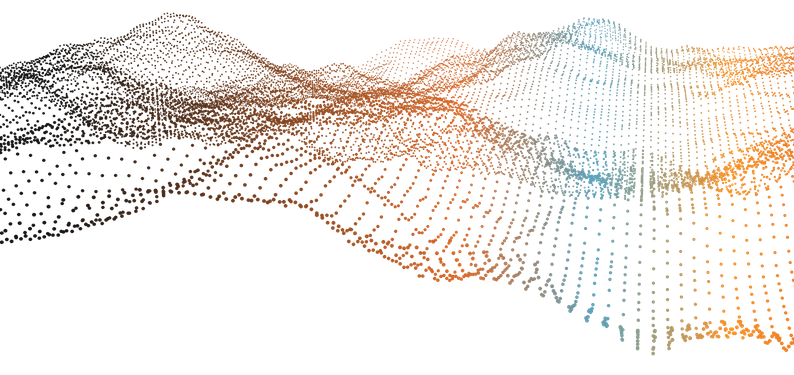
Chilean Mining at the Crossroads of Data Geoscience

By Arturo Rochefort.
Published in Minería Chilena.
The country’s ecological and economic future depends, in part, on our ability to more intelligently extract minerals that are increasingly hidden.
For over a decade, Chile has been the stage for a silent revolution in the discovery of its mineral resources, essential for both its economy and the global energy transition. I clearly recall 16 years ago, while we were drilling underground in the Coquimbo Region, how instinct increasingly took center stage in what should have been data-driven decisions. The geological information was vast and complex, and we simply couldn’t manage to process it all. It was there that a conviction was born, one that has guided our work ever since: we needed a new way to obtain concrete knowledge from data.
That vision began to take shape, and we ventured into the world of Data Geoscience: a methodology that coexists with Artificial Intelligence and Machine Learning to reveal the hidden relationships between layers of geoscientific information. Today, with over a decade of experience, we have proven that this tool is not only useful but transformative. Applying Data Geoscience (a term we coined for this hybrid discipline) has allowed us to increase the effectiveness of exploration campaigns by 1.5 to 4 times, significantly reducing the number of drill holes, fieldwork time, and operational costs. In an industry where every meter drilled counts, this impact is not minor; it is an imperative.
However, introducing innovation into an industry as traditional as mining has been a challenge in itself. Artificial Intelligence and Machine Learning do not always generate enthusiasm. In many cases, they are perceived as threats or passing fads with no concrete application. Therefore, our approach has been clear: to demonstrate with measurable and credible results that this works. The spectacular narrative of marketing is not enough; what convinces is proven effectiveness in the field.
This path has also taught us that the adoption of Data Geoscience does not depend on a single party. Technology companies must present grounded solutions that speak with data, not empty promises. The mining industry, for its part, needs to reconnect with its scientific spirit, open itself to experimentation, and embrace new methodologies with the same rigor with which it studies the earth. And finally, the State must assume a coordinating role: fostering collaboration between technology, science, and production, and creating an environment where applied innovation has space to grow and consolidate. The country’s ecological and economic future depends, in part, on our ability to more intelligently extract minerals that are increasingly hidden.
Data Science and Artificial Intelligence are not a threat. They offer a concrete opportunity for Chile to lead a new era of mining: more precise, more profitable, and more responsible. Our commitment is to continue paving the way with our own field-proven technology, so that the country not only discovers its riches faster but does so while caring for the environment and optimizing its resources. The time is now. And the path, though challenging, is already charted.
